How Do I Connect My Solar System to the National Grid?
As more Nigerians continue to go the way of solar through renewable energy, most people are left with little Options than to install solar systems so as to supplement their electrical supply.
Although solar energy means you are getting independent from the inconsistent power supply in Nigeria, however, users still want to remain connected to the national grid just as a backup in case of emergency.
But how do you connect your solar system to the national grid? We’ll explain everything that you need to know about grid-tied solar systems, we’ll look at some of the benefits and requirements, we’ll also walk you through the step-by-step process that you are going to use and connect your solar system to the National grid.
How Grid-Tied Solar Systems Work.
A grid-tied solar system is a type of solar power setup that has been connected to the national grid.
Unlike the off-grid system that usually works with just battery storage, the Grid-Tied solar system will allow you to make use of both the solar energy and the power from the national grid.
What happens with this kind of a setup is that every excessive energy that is being generated from your solar panels will be fed back into the grid.
With this, when your solar system is not producing enough electricity, maybe during night time or cloudy days, you can easily draw power from the grid.
Some Benefits of Connecting Your Solar System to the National Grid
There are so many things you stand to benefit from if you do connect your solar system to the national grid, we’ll look at them one after the other.
1.Cost Savings: You can absolutely reduce how much you pay through Electricity bills if you are using the solar energy when it is available and you will only pay for the power that you draw from the grid when you are in need of it.
2.Backup Power: Instead of you to only rely on just the powers reserved in your batteries, you can actually make use of grid power when your solar production is very low
READ ALSO:Will Solar Panels Work During Power Outages in Nigeria?
3.Energy Export (Net Metering):There are some situations when you might be able to sell every excessive power you get back to the national grid
4.Reduced Battery Dependency: With Grid-tied system, you can actually eliminate or at least reduce your need of buying an expensive battery storage, this will significantly reduce how much it is going to cost you to setup your solar system.
How Do I Connect My Solar System to the National Grid?
For you to be able to get your solar system connected to the national grid, there are some specific steps that you need to follow.
These steps will help make sure that you comply with any regulatory standards out there, Here we’ve prepared a step by step guide:
1.What amount of Energy do you need?
Before you decide on connecting your solar system to the national grid, you will first of all spell out the amount of power your solar system is producing and how much electricity you consume at home and your place of business, with this, you can easily have a clearer view on whether your solar system will be able to fully power your property or if you will need another support from the grid.
2. Choose the Right Grid-Tied Solar System
A grid-tied solar system is made up of
a.Solar Panel: The solar panels help to capture Sunlight then convert it to electricity through the Grid-Tied Inverter.
b.Grid-Tied Inverter: The Grid-Tied Inverter helps to convert direct current (DC) from the solar panels to alternating current (AC) which is the type of electricity we use in powering our appliances
c.Net Meter: The job of the Net Meter is to help measure the energy that’s imported and exported to the national grid.
d.Connection Switch:The connection switch helps to make sure that there’s a safe switching between the grid and the solar power.
3. Obtain Approval from Regulatory Authorities
In Nigeria, for you to safely connect your solar system to the national grid, you will need approval from the relevant agencies such as the
The Nigerian Electricity Regulatory Commission (NERC) and Your local Distribution Company (DisCo)
You’ll be asked to submit a well detailed application about the solar system you intend on mounting.
You are to provide information about the type of Inverter, type capacity of solar system as well as the safety compliance measures. Your DisCo may decide to do an inspection in order to ascertain if your solar system will be compatible with the national grid.
4. Install the Grid-Tied Inverter and Net Meter
Once it’s been confirmed and you’ve received approval from the relevant authorities, you must bring qualified and certified installers like Arenahub Global for the Installation.
Some of the key components for the Installation include the Grid-Tied Inverter which will help your solar system to easily synchronize with the grid’s frequency and Voltage, you’ll also need the Net Meter so as to be able to track the electricity that you consume from the grid as well as the excess energy you send back, once you have a proper Installation, your solar system will definitely operate Better without causing instability to the grid.
5. Conduct System Testing and Commissioning
After the Installation of your solar system must have been completed, it must undergo testing so as to confirm that it is working very well and also meet the official safety standard. Your local DisCo will handle the responsibility of inspecting the Installation, they will also give the final approval before your solar system will be Officially connected to the national grid.


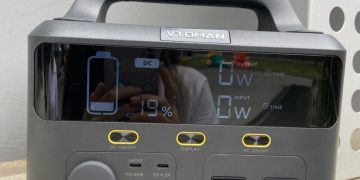
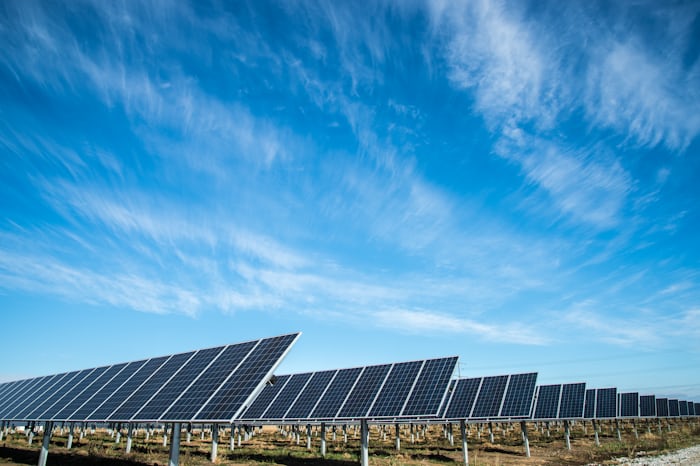

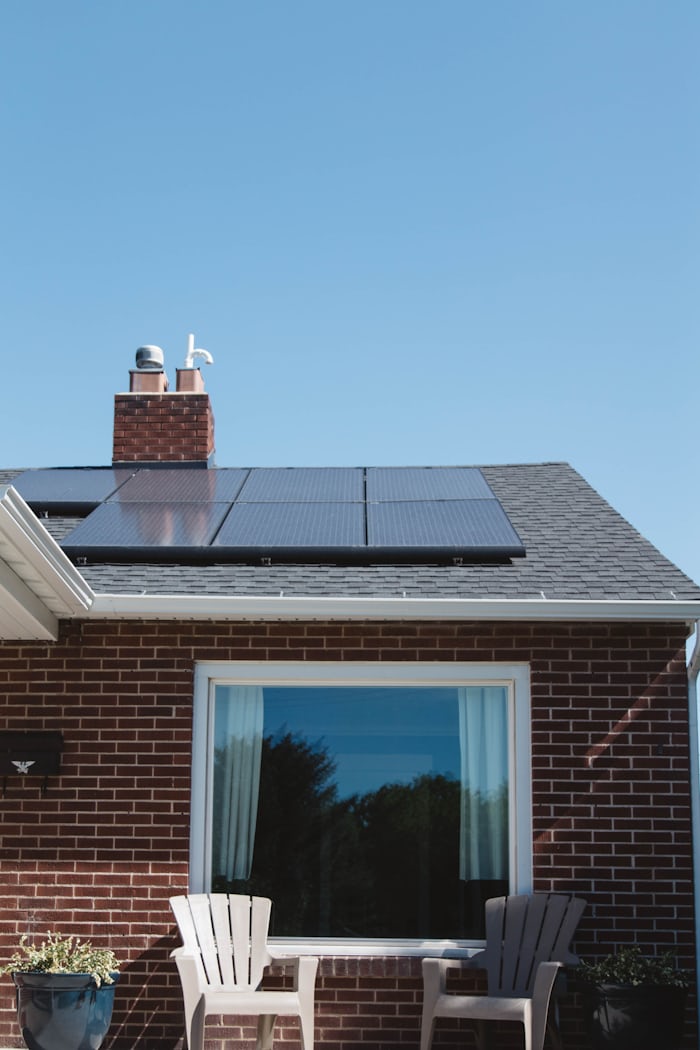
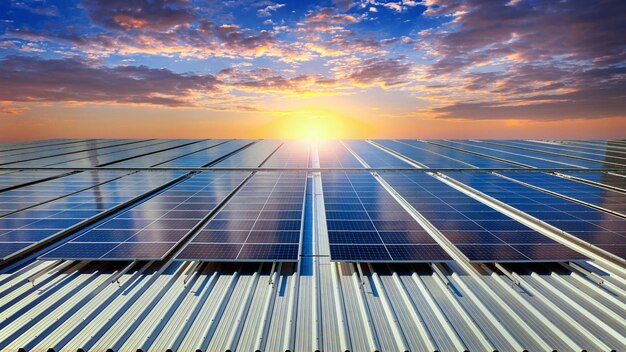



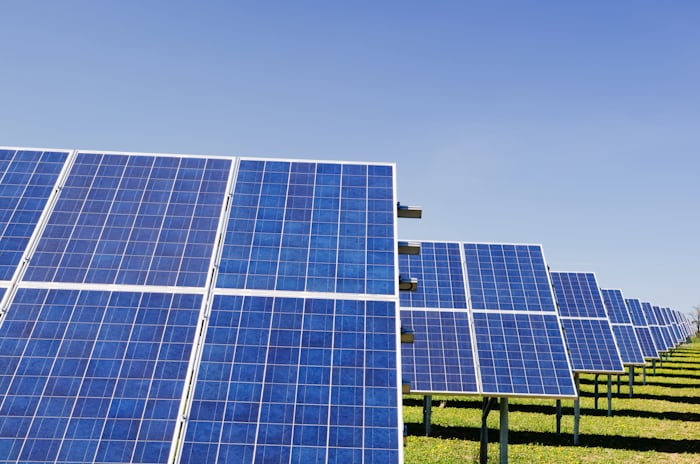
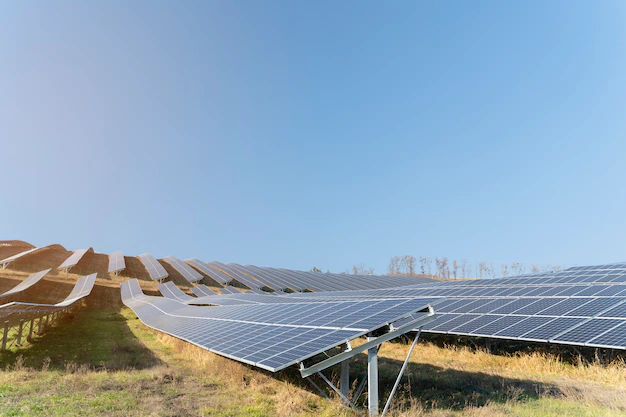
Hi,
I hope this message finds you well.
I’m reaching out because I have a keen interest in contributing a guest post to your website. As a seasoned writer, I specialize in creating content that drives traffic and captivates readers.
I’d be happy to provide a guest post, tailored specifically to your audience’s interests and needs.
If you’re open to this idea, I can share some topic suggestions that I think would resonate well with your readers.
Looking forward to your response.
Best,
Amber